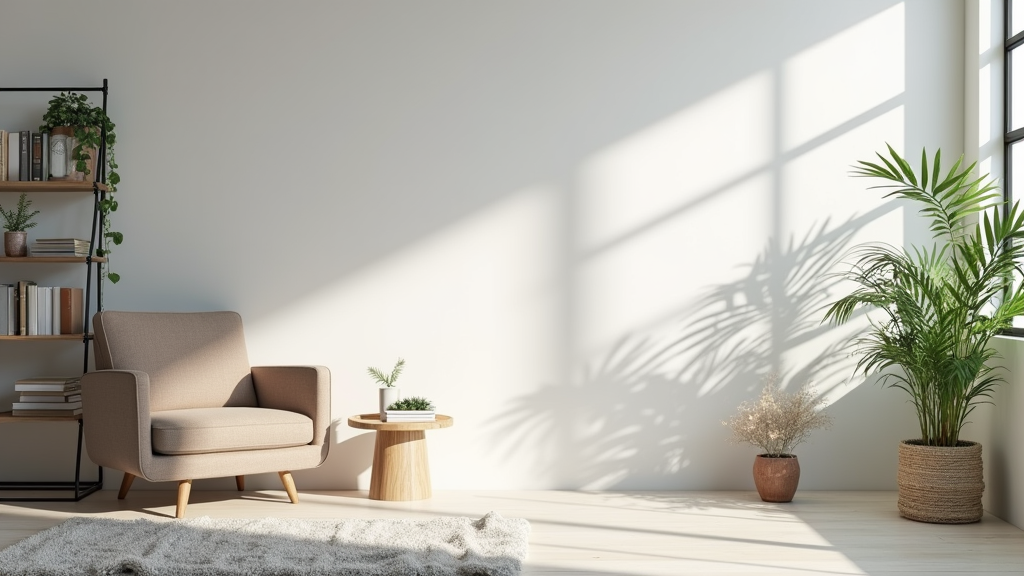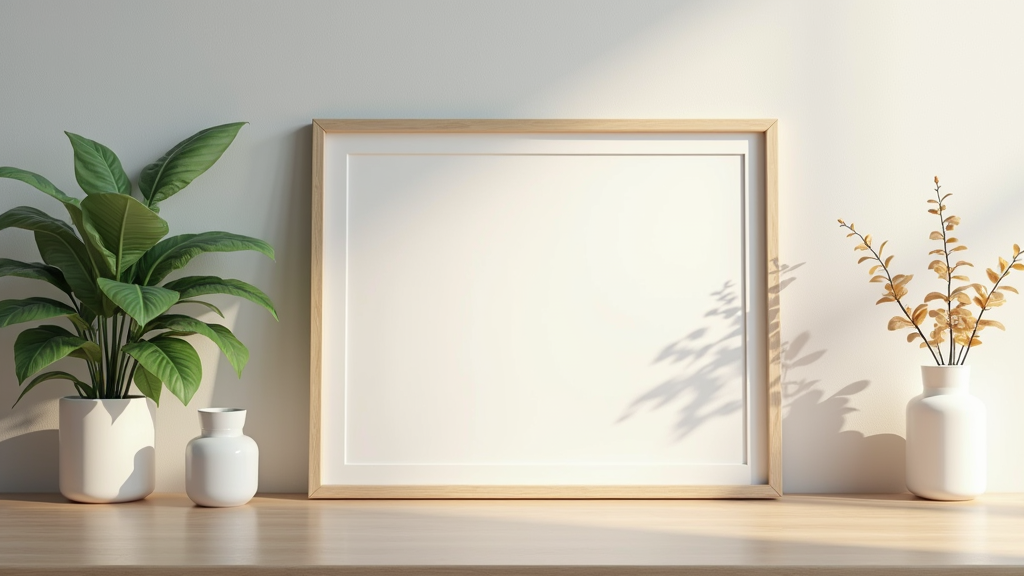Table of Contents
Introduction

Overview and Importance
Pickleball paddle care is not just a suggestion; it’s a crucial aspect of maintaining peak performance and ensuring the longevity of your equipment. Think of your paddle as an investment in your game. Just like any valuable tool, it requires regular attention to function optimally. Neglecting proper care can lead to a gradual decline in performance, ultimately resulting in costly replacements far sooner than necessary.
In fact, proper care can extend your paddle’s lifespan by up to 50%. A well-maintained paddle provides better control, allowing you to execute precise shots with confidence, and it can even enhance your power, giving you that extra edge on the court. Consistent care ensures optimal gameplay and saves you money in the long run by delaying the need for a new paddle.
Background
The need for meticulous pickleball paddle care has evolved significantly over time. In the early days of pickleball, paddles were often simpler, constructed from basic materials like wood. These paddles required less specialized care. However, as the sport has grown and technology has advanced, modern composite paddles have become the norm, demanding specific and consistent care routines.
Today’s paddles incorporate advanced materials such as Nomex, Aluminum, and Polymer Honeycomb cores, each with its own unique properties and vulnerabilities. These materials, while offering superior performance characteristics, require specific attention to prevent damage and maintain their integrity. Understanding the nuances of these materials is essential for effective paddle maintenance.
What You’ll Learn
In the following sections, we’ll delve into the core concepts of pickleball paddle care, starting with a foundational understanding of the materials used in paddle construction. We’ll explore how factors like temperature can impact your paddle’s performance and longevity, and we’ll provide detailed guidance on proper cleaning techniques to keep your paddle in top condition.
Beyond the theory, we’ll provide practical, step-by-step instructions for cleaning, storing, and performing minor repairs on your paddle. Whether you’re a seasoned pickleball player or just starting out, the knowledge and techniques you’ll gain will empower you to protect your investment and enjoy optimal performance on the court for years to come.
Understanding the Basics
Fundamental Concepts
Before diving into the specifics of pickleball paddle maintenance, it’s crucial to grasp some fundamental concepts and key definitions. This understanding forms the bedrock of effective care, ensuring your paddle remains in top condition for longer.
- Key definitions:
- Delamination:This refers to the separation of layers within the paddle face. Delamination significantly impacts performance, leading to inconsistent shots and reduced power. Recognizing the early signs of delamination is crucial for timely intervention.
- Edge Guard:The edge guard is the protective strip that runs around the perimeter of the paddle. Its primary function is to shield the paddle’s edges from impacts and abrasions, preserving the integrity of the core and face.
- Overgrip:An overgrip is an additional layer of grip tape applied over the original handle grip. It enhances comfort, absorbs moisture, and provides a more secure hold, improving your control and preventing slippage.
Beyond definitions, certain core principles guide effective paddle maintenance. Adhering to these principles will significantly extend the life and performance of your equipment.
- Core principles:
- Regular cleaning prevents performance-affecting buildup.Dirt, sweat, and debris accumulate on the paddle surface, impacting its grip on the ball and reducing spin potential. Consistent cleaning maintains optimal performance.
- Proper storage avoids temperature-related damage.Extreme temperatures, whether hot or cold, can warp the paddle’s core and weaken its adhesive bonds. Storing your paddle in a temperature-controlled environment is essential.
- Prompt repairs prevent minor issues from becoming major problems.Addressing small cracks, loose edge guards, or worn grips immediately prevents these issues from escalating into more significant, costly repairs or even paddle failure.
Essential Components
Maintaining your pickleball paddle effectively requires a few essential components and a keen understanding of your paddle’s specific features. Having the right tools and knowledge at your disposal makes the maintenance process straightforward and efficient.
- Required elements:
- Cleaning solution (mild glass cleaner or water).Harsh chemicals can damage the paddle’s surface. A mild glass cleaner or simply water is usually sufficient for removing dirt and grime.
- Microfiber towel.Microfiber towels are gentle and effective for wiping down the paddle without scratching its surface. Avoid using abrasive materials.
- Paddle cover.A paddle cover protects the paddle from scratches, dings, and temperature fluctuations during storage and transport.
- Pickleball bag.A dedicated pickleball bag provides a safe and organized way to carry your paddle and other essential gear to and from the court.
Understanding the key features of your paddle is also vital for proper maintenance. Consider the following aspects:
- Key features to consider:
- Primary aspects:
- Paddle material (composite, wood, etc.).Different materials require different cleaning and care approaches. Composite paddles are generally more durable and require less maintenance than wooden paddles.
- Edge guard presence and quality (thickness: 0.25-0.5 inches typically).A robust edge guard is crucial for protecting the paddle’s perimeter. Regularly inspect the edge guard for damage and ensure it remains securely attached. The thickness typically ranges from 0.25 to 0.5 inches.
- Secondary aspects:
- Grip type and condition (circumference: 4-4.5 inches).The grip’s condition directly affects your control and comfort. Replace worn or damaged grips promptly. The circumference of the grip usually falls between 4 and 4.5 inches.
- Paddle weight (7.2-8.5 ounces is standard).While weight doesn’t directly impact maintenance, understanding your paddle’s weight helps you assess its overall condition and performance over time. Standard paddle weights range from 7.2 to 8.5 ounces.
- Important variations:
- Textured vs. smooth paddle surfaces affect cleaning methods.Textured surfaces may require more thorough cleaning to remove dirt from the grooves.
- Different core materials (polymer, Nomex) react differently to temperature.Be aware of how your paddle’s core material responds to temperature changes and adjust your storage practices accordingly. Polymer cores, for example, may be more susceptible to warping in extreme heat than Nomex cores.
Detailed Guide

Preparation
Proper preparation is key to effectively maintaining your pickleball paddle. Gathering the right materials and setting up your workspace ensures the cleaning and maintenance process goes smoothly, protecting your investment and optimizing performance.
Required materials:
- Mild glass cleaner or distilled water.
- Microfiber towel (12×12 inches recommended).
- Paddle cover (fits standard paddle dimensions: 8×16 inches).
- Edge guard tape (width: 1 inch).
- Super glue (for minor edge guard repairs).
Initial setup involves gathering all the necessary materials in a clean, well-lit area. Before you begin, make sure your paddle is dry. This prevents any water spots or potential damage during the cleaning process.
When choosing your cleaning solution, it’s important to consider the manufacturer’s recommendations. Different paddle materials may react differently to various cleaners. Always avoid abrasive cleaners, as they can scratch and damage the paddle surface, diminishing its performance and appearance.
Step-by-Step Process
Follow these clear instructions to keep your pickleball paddle in top condition. Regular maintenance extends the life of your paddle and ensures consistent performance on the court.
Clear instructions:
Best practices include cleaning your paddle after every match or practice session. This prevents the buildup of dirt and oils that can affect the paddle’s grip and performance. Regularly inspect the edge guard for any signs of damage, such as peeling or cracking. Replace the overgrip as needed, typically every 1-3 months depending on usage, to maintain a secure and comfortable grip.
Common mistakes to avoid include soaking the paddle in water, which can damage the core and surface materials. Avoid storing the paddle in a car trunk during hot weather, as temperatures can exceed 140°F and cause warping or delamination. Never use abrasive cleaners, as these can permanently damage the paddle’s surface.
Advanced Techniques
For players looking to take their paddle maintenance to the next level, these advanced techniques can help optimize performance and extend the life of your equipment.
Expert tips:
- Apply edge guard tape to prevent chipping and wear along the paddle’s edges. Replace the tape every 2-4 weeks, depending on how frequently you play.
- Use an overgrip to improve grip and protect the handle from sweat and wear. Replace the overgrip every 10-20 hours of play for optimal performance.
- Store paddles in a climate-controlled environment with a temperature range of 60-80°F to prevent warping and delamination.
Optimization methods include regularly checking for delamination by pressing firmly on the paddle face. Any soft spots or separation indicates potential damage. Monitor grip wear to maintain optimal control and prevent slippage during play.
Troubleshooting:
- Delamination:If you notice significant delamination, discontinue use of the paddle and consider professional repair or replacement.
- Edge guard separation:Reattach a separated edge guard with super glue, ensuring proper alignment for maximum protection.
- Handle breaks:For handle breaks or significant damage, seek professional repair services from Paddlefix or a local pro shop.

